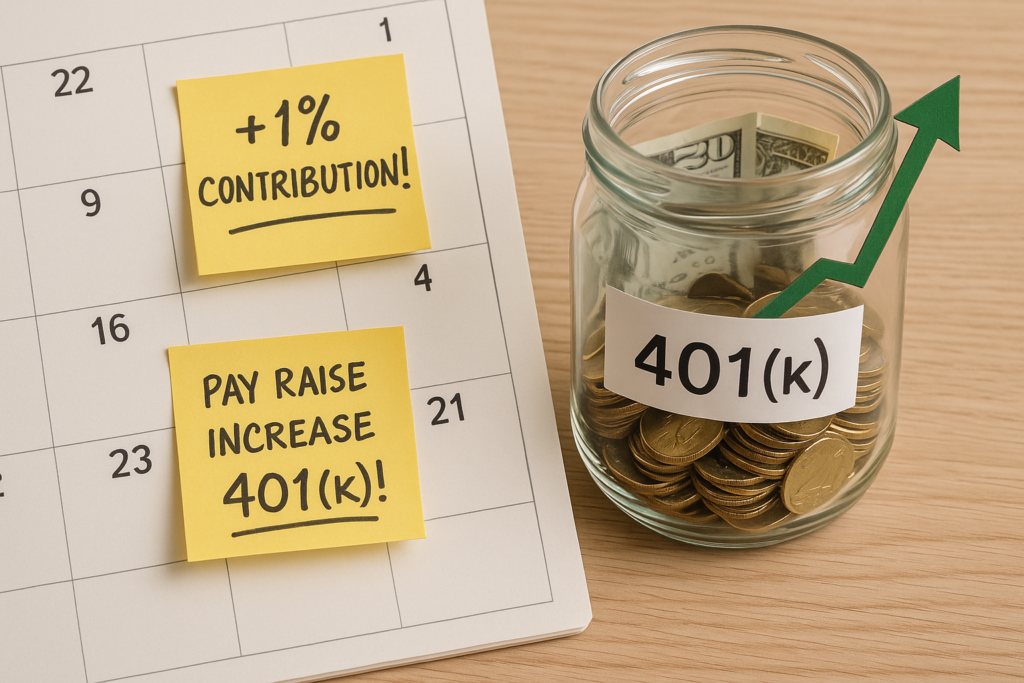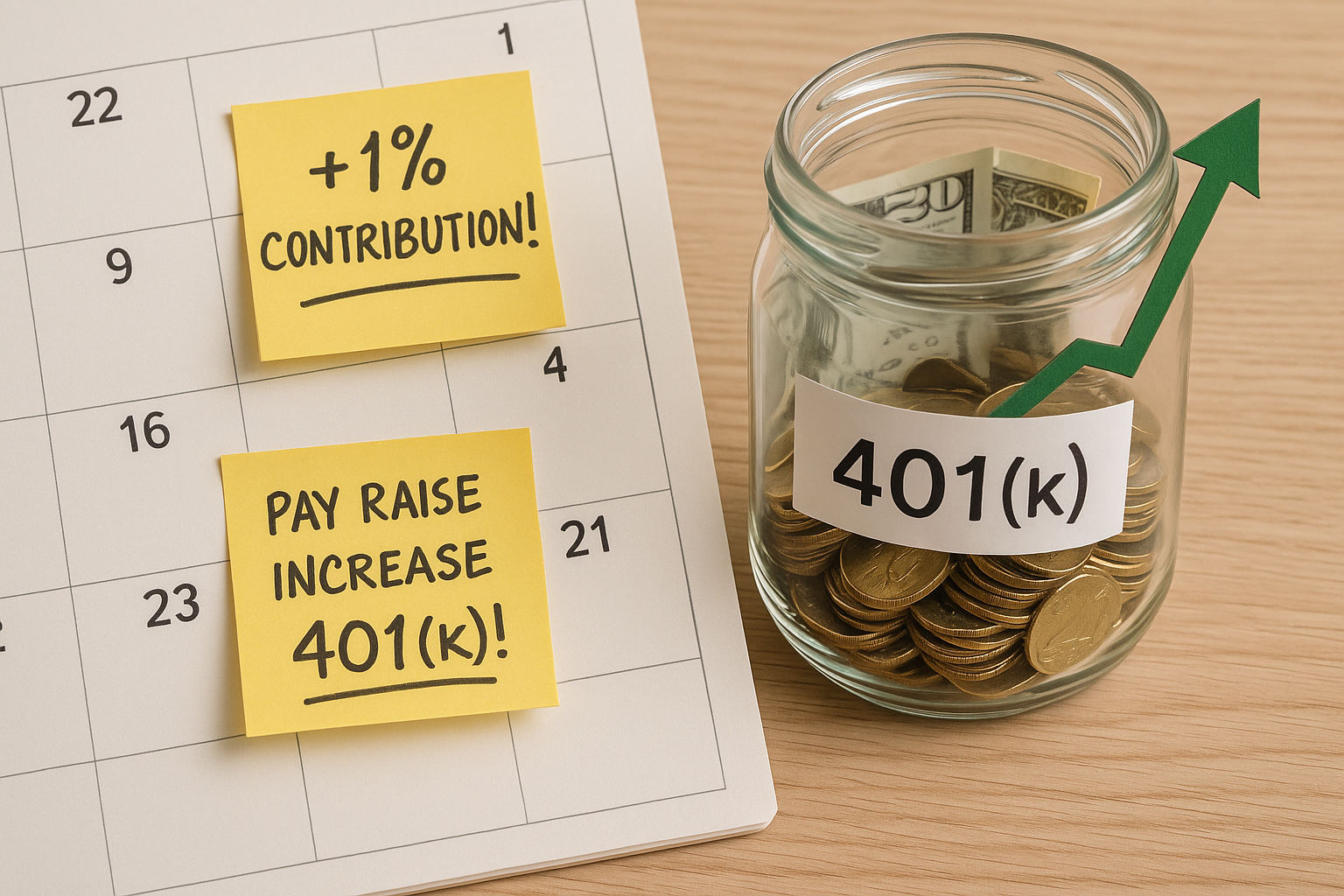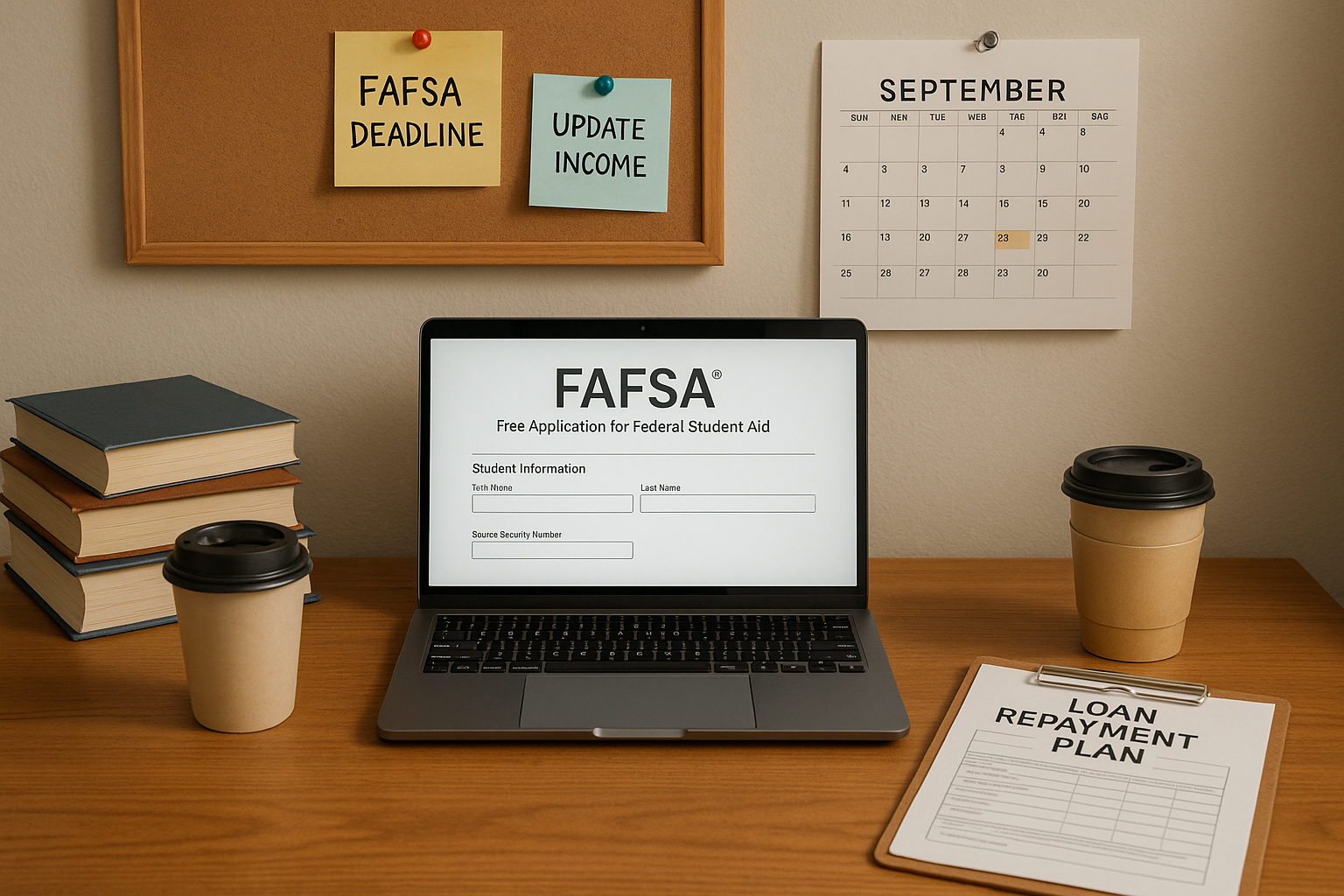
Welcome, hermanos! As we navigate the early stages of our careers in the U.S., a lot of financial conversations are coming up: budgeting, debt, and saving. But let’s talk about the long game, the one that guarantees a secure mañana: retirement planning.
For young U.S. Latinos, securing our financial future is a powerful act of community strength. While Latinos are starting their careers, we’re building significant wealth for the future. For instance, the median net worth of Hispanic households in the U.S. saw a massive 42% increase from 2019 to 2021 (Pew Research Center, “2. Wealth gaps across racial and ethnic groups”). However, despite this progress, financial security for retirement remains a challenge. We need to close the gap.
Understanding how to use retirement accounts is the first, crucial step. Here is your beginner’s guide to the cornerstone of U.S. retirement savings: the 401(k) plan.
What Makes Retirement Accounts Essential?
Retirement accounts are specialized savings and investment plans designed specifically to help you build a financial cushion for your post-working years. They are fundamentally different from regular savings or brokerage accounts because they come with powerful tax advantages, a benefit from the U.S. government intended to encourage long-term savings.
In the U.S., the most common types you’ll encounter are:
- 401(k) Plans: The most common employer-sponsored plan.
- Individual Retirement Arrangements (IRAs): Accounts that individuals can open on their own, outside of an employer.
- Pension Plans: Less common now for new employees, these are employer-funded plans that promise a defined payout.
Deep Dive: The 401(k) Plan
A 401(k) plan is offered by your employer and allows you to automatically contribute a portion of your paycheck. This simplicity is one of its biggest advantages, you set it, and you (almost) forget it.
The main reasons the 401(k) is a must-use tool for us:
1. The Employer Match: “Free Money” for Your Future
This is often the single most compelling reason to contribute. Many employers offer to match a percentage of what you contribute, up to a certain limit (e.g., they match 100% of your contributions up to 4% of your salary).
- Actionable Tip: At the very minimum, contribute enough to get the full employer match. If you don’t, you are literally leaving free money on the table, a financial mistake nadie should make.
2. Powerful Tax Advantages
401(k) plans offer two main ways to save on taxes, depending on whether you choose a Traditional or Roth option:
| Type of 401(k) | When is the Money Taxed? | Why It Matters Now |
| Traditional 401(k) | Later (when you withdraw in retirement) | Your contributions are deducted from your taxable income today. This means you pay less income tax right now. |
| Roth 401(k) | Now (contributions are made with after-tax money) | All your investment growth and future withdrawals are completely tax-free in retirement. Ideal if you expect to be in a higher tax bracket later. |
3. It’s Automatic: Building Discipline
Because contributions are automatically deducted from your paycheck, you are forced to save before you even see the money. This is a game-changer for consistency. It transforms saving from a monthly choice to an automatic habit.
Strategies to Maximize Your 401(k) Savings
Our goal isn’t just to participate; it’s to maximize this powerful tool.
- Hit the Match Minimum: As mentioned, contribute enough to get the full employer match. This is your foundation.
- Increase Contributions Annually: Whenever you get a raise or a bonus, consider increasing your 401(k) contribution rate by at least 1%. You likely won’t even miss the difference in your take-home pay, but it will significantly boost your long-term savings.
- Understand Vesting: The employer match is sometimes subject to a vesting schedule. This is the number of years you must work at the company before you fully “own” the money your employer contributed. It’s crucial to know your company’s policy before making career changes.
- Diversify Your Investments: Most 401(k)s offer a menu of investment options (stocks, bonds, mutual funds). For young professionals, a Target Date Fund is often an excellent choice. This is a single fund that automatically adjusts its risk level as you get closer to your projected retirement year.
- Keep Fees Low: Retirement accounts often charge small administrative and investment fees. Over decades, these can significantly reduce your returns. While you cannot change the plan your employer offers, pay attention to the investment options with the lowest expense ratios.
Remember: The biggest advantage you have right now is time. The earlier you start, the more time your money has to grow through compounding, earning returns on your returns.
We got this, and we’ll keep building this financial knowledge together. Stay tuned for our next article, where we will break down the differences between Traditional and Roth IRAs so you can choose the best path for your financial goals.
👉 Ask Gabi anything, anytime.
Stay tuned! We got you!








